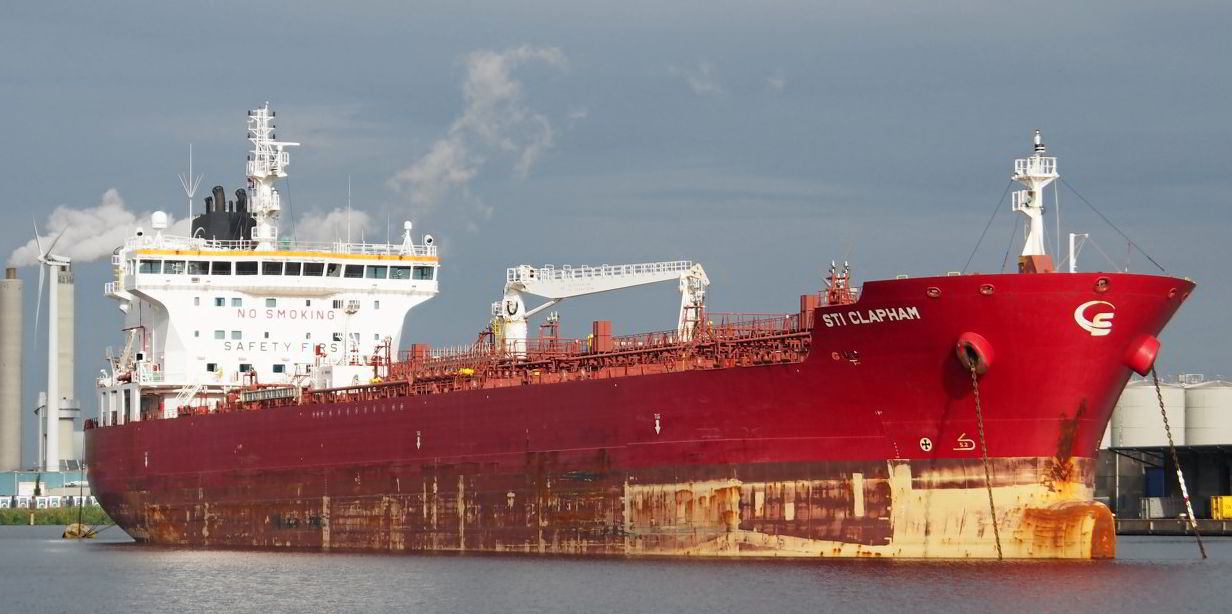Scorpio Tankers has revealed higher annual efficiency ratio (AER) figures for most of its ship sizes.
But the US-listed company said overall greenhouse gas emissions dropped last year due to a smaller fleet.
“The 2022 reporting year saw improved emissions performance across all reported sources of emissions,” it added.
This was also attributed to improved efficiency measures and reduced transport work.
AER is calculated by dividing a vessel’s annual carbon emissions by its annual dwt/miles.
For its handysize tankers, Scorpio said grammes of CO2 per tonne-nautical mile inched up to 6.89 from 6.86 in 2021.
For MRs, the figure rose to 5.9 from 5.61, while LR2s increased to 3.72 against 3.67 the year before.
Only LR1s saw carbon efficiency improve, with AET dropping to 4.07 from 4.28.
Scorpio said overall Scope 1 greenhouse gas emissions were 2.33m tonnes of CO2-equivalent, down from 2.48m in 2021.
NOX emissions were cut to 60,454 tonnes from 64,274 tonnes, and particulate matter emissions fell to 4,940 tonnes from 5,235 tonnes in 2021.
The total distance travelled by Scorpio’s tankers was 7.01m nautical miles (13m kilometres), down from 7.67m nautical miles the year before.
Total energy consumed fell from 30.9m gigajoules to 28.5m gigajoules.
Continuous investment
Chief executive Emanuele Lauro said: “We continuously invest in new technologies and innovative solutions to improve the efficiency of our vessels and reduce our environmental impact.
“Through meaningful collaboration with our stakeholders, we continue our work towards pragmatic solutions for mutual benefit.”
Scorpio, which has a largely scrubber-fitted fleet, said alternative low and zero-carbon fuels such as hydrogen, ammonia and e-methanol have a promising future in decarbonising shipping.
“However, these technologies still pose numerous challenges, and cross-sector collaboration is essential for successful market transformation.”




